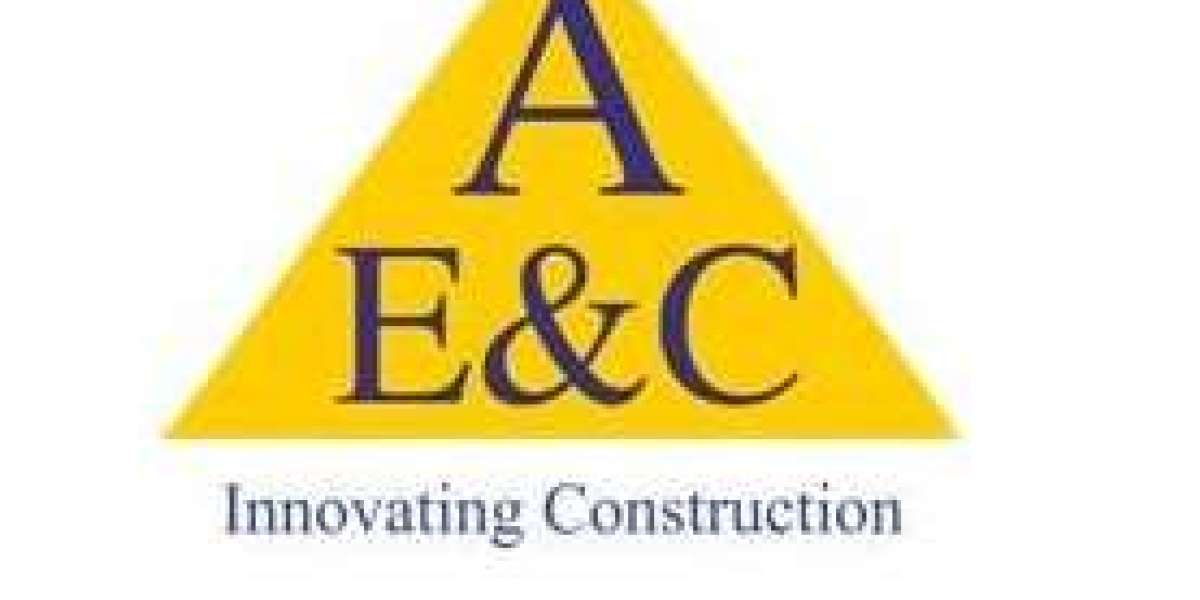In today's ever-evolving infrastructure landscape, construction and engineering firms are under increasing pressure to ensure structural integrity, safety, and long-term durability. From roadways and tunnels to buildings and bridges, precise testing and modeling are no longer optional — they are essential. But are you using the right tools and techniques?
If you're in the construction, geotechnical, or civil engineering space, this blog will walk you through ten essential testing methods and equipment that can significantly impact your project's quality and success.
Rock Fracture Test – Understanding Subsurface Stability
When working with geological formations, especially in tunneling, mining, or foundation works, evaluating the integrity of rock is crucial. The Rock Fracture Test helps engineers determine fracture toughness and in-situ stress by simulating hydraulic fracturing. The test gives insight into how rocks will behave under stress, allowing project teams to assess the safety and viability of excavation or drilling in specific zones. This is particularly important for dam projects, underground facilities, and oil and gas exploration.
RTFOT Rolling Thin Film Oven Test Equipment – Simulating Asphalt Aging
Quality road construction depends on the performance of bitumen over time. The RTFOT Rolling Thin Film Oven Test Equipment is an industry-standard test that simulates short-term aging of asphalt binders during production. By analyzing changes in viscosity, mass, and appearance, this equipment helps determine how asphalt will age when exposed to high temperatures. For highways, airport runways, and city roads, this test ensures the materials used will stand the test of time and traffic.
Rebound Hammer – Quick On-Site Concrete Strength Test
For fast and non-destructive assessment of concrete strength, the Rebound Hammer is a go-to tool in the industry. It works on the principle of surface hardness, allowing inspectors and engineers to estimate compressive strength without damaging the structure. Ideal for bridges, buildings, and precast concrete elements, the rebound hammer provides real-time insights during construction or quality assurance stages.
Geotechnical Modeling Software – Predicting Soil and Rock Behavior
In any infrastructure project, understanding subsurface conditions is vital. Geotechnical Modeling Software enables engineers to simulate soil-structure interaction and evaluate slope stability, foundation settlement, and earth pressure. These predictive models play a key role in preventing failures, optimizing design, and reducing construction costs. Whether you're designing tunnels, retaining walls, or deep foundations, modeling software provides critical data before breaking ground.
Blaine Air Permeability – Measuring Cement Fineness
Cement fineness has a direct impact on the strength and setting time of concrete. The Blaine Air Permeability apparatus is widely used to determine the specific surface area of cement particles. More surface area means faster hydration, resulting in quicker strength gain. This test is vital for quality control in cement manufacturing and ensures consistency in concrete mix design for any construction project.
Thrie Beam Crash Barrier Suppliers – Roadside Safety Assurance
Safety on highways and bridges isn’t just about signage and lighting; it includes robust physical protection. Thrie Beam Crash Barrier Suppliers offer vital components for vehicular safety systems. These barriers absorb impact and redirect vehicles during accidents, preventing fatalities and severe injuries. Whether for highways, flyovers, or high-speed corridors, quality crash barriers are essential for reducing roadside hazards.
GPR Survey – Mapping What Lies Beneath
Before digging, cutting, or drilling, understanding subsurface conditions is a must. GPR Survey or Ground Penetrating Radar is a non-invasive method that helps detect buried utilities, voids, rebar, and anomalies. GPR is invaluable during road repair, utility installation, archaeological surveys, and even airport runway maintenance. It eliminates guesswork and ensures safer and more accurate interventions.
Rapid Chloride Test – Combatting Concrete Corrosion
Chloride-induced corrosion is a silent killer of concrete structures, especially in marine or saline environments. The Rapid Chloride Test is a quick and reliable method to assess a concrete’s resistance to chloride ion penetration. This test helps identify susceptibility to rebar corrosion and ensures longevity in coastal bridges, underwater tunnels, and industrial facilities exposed to chemicals.
Vibration Monitoring Equipment – Keeping Structures Safe During Work
Heavy construction activities like pile driving, demolition, or tunneling can generate vibrations that risk structural damage to nearby buildings. Vibration Monitoring Equipment plays a crucial role in real-time detection and recording of vibration levels. Engineers and contractors use this data to comply with regulations and prevent structural damage, especially in urban redevelopment zones or heritage areas.
Rock Point Load Test – Estimating Rock Strength
Accurately determining rock strength is essential for excavation, tunneling, and foundation works. The Rock Point Load Test provides a simple and effective way to measure rock strength index using irregular or cylindrical rock specimens. It’s especially useful in the field due to its portability and wireless operation. The results guide design decisions for slopes, foundations, and other rock engineering applications.
Why These Tests and Tools Matter for Your Project
Construction failures often stem from overlooked testing or substandard analysis. The techniques mentioned above help mitigate risk by offering:
Data-driven design decisions
Compliance with industry standards
Reduced maintenance costs and improved safety
Greater transparency during inspections and audits
When you rely on precision testing and high-quality equipment, you don’t just meet industry requirements — you exceed them. Whether it’s measuring the permeability of cement, mapping underground utilities, or monitoring vibrations in real time, each tool plays a specific and vital role.
Final Thoughts
Is your project team equipped with the right gear to test, monitor, and analyze at every stage of construction? The answer can determine everything from safety and lifespan to cost efficiency and public trust.
Adopting tools like the Rock Fracture Test, RTFOT Rolling Thin Film Oven Test Equipment, and Vibration Monitoring Equipment not only ensures accuracy but also sets a foundation for excellence.
From material testing to structural analysis, using the right equipment from trusted providers like Avantech ensures that your project is built on more than just concrete and steel — it’s built on confidence.


![Quietum Plus:- ✓⛔ [OFFICIAL WEBSITE 2025] Can Quietum Plus Actually Silence the Ringing? Real User Experiences Revealed!](https://www.flexsocialbox.com/upload/photos/2025/05/rckQYgn6tyWZ6vpt6mCH_09_b1f0148a79273ff6d537c3685898ac0f_image.jpeg)
